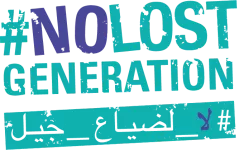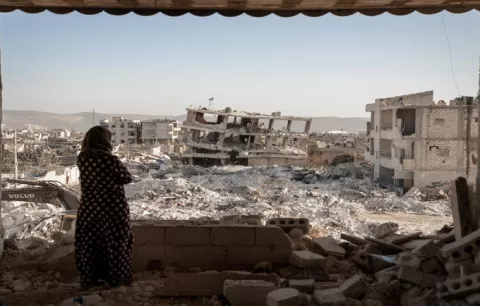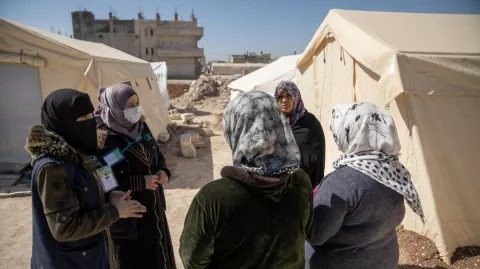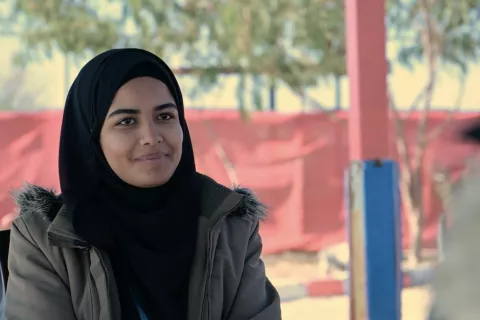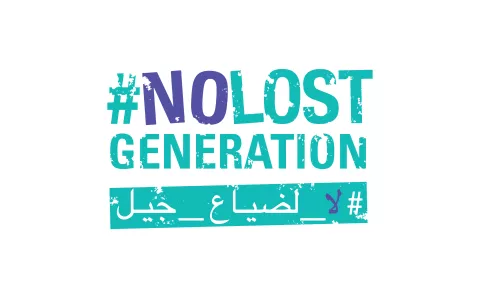NLG Phase II - MHPSS service mapping
The NLG MHPSS Task Force finalized the phase II of its service mapping, which consisted of a qualitative review of MHPSS programmes.

The NLG MHPSS service mapping was conducted in November 2019 “to gain a better understanding of the response at the regional level” for programs serving “children, adolescents, youth and their parents/caregivers in Syria” to cover Syria and Iraq crises affected countries – Egypt, Jordan, Lebanon and Turkey. The research collected data to identify gaps in services, improve coordination between various actors in the sector, to gather resources in an online format for service providers, and to improve advocacy for MHPSS programming and humanitarian initiatives in the region.
The NLG MHPSS service mapping went through two phases. Phase one in November 2019 where 42 organizations participated in a survey distributed to child protection and MHPSS working groups. However, there were limitations regarding absence of qualitative information. Therefore, phase 2 was a necessary and complimentary addition to the breadth of quantitative information achieved in phase 1. “The second phase of the mapping was conducted in (March-May 2020) consisted of a qualitative review of identified MHPSS programmers during Phase I, employing document review and semi-structured interviews. Thirty-nine interviews were conducted with MHPSS staff from 20 organizations.”
The final report of the NLG MHPSS mapping conveys the results in detail, yet among those worth nothing was that “the majority of MHPSS programmes concentrated on levels two (48%) and three (31%), while 17% and 5% of reported MHPSS programmes were at levels one and four respectively”. Additionally, “the concentration of activities in levels two and three is in line with the IASC recommendations stating that most of the population in emergency situations will require non-specialized MHPSS services.”
The outlined recommendations, within the report, are divided into top and medium priority, and fall under 5 different categories: MHPSS programming with a keen focus on: “1. Advocating for holistic and comprehensive MHPSS intervention,2. Invest in the integration of psychosocial support in formal and non-formal education. 3. Ensure that the voices and perspectives of children, adolescents and youth with sensitivities of the gender of boys and girls in addition to the caregivers. 4. Promote multi-layered MHPSS approaches focusing on adolescents, including on parent-adolescent relationship.” Other recommendations include: Research, Monitoring and Evaluation, to “gain a better understanding of the MHPSS needs of adolescents and youth engaging in negative coping mechanisms like suicide and self-harm”, Sustainability, “to advocate for longer-term funding that can support the sustainability of the MHPSS programs”, and Capacity Development and Staff Care “by Increasing investment on staff care, including self-care.”
Download the FULL REPORT from NLG Resources Repository
